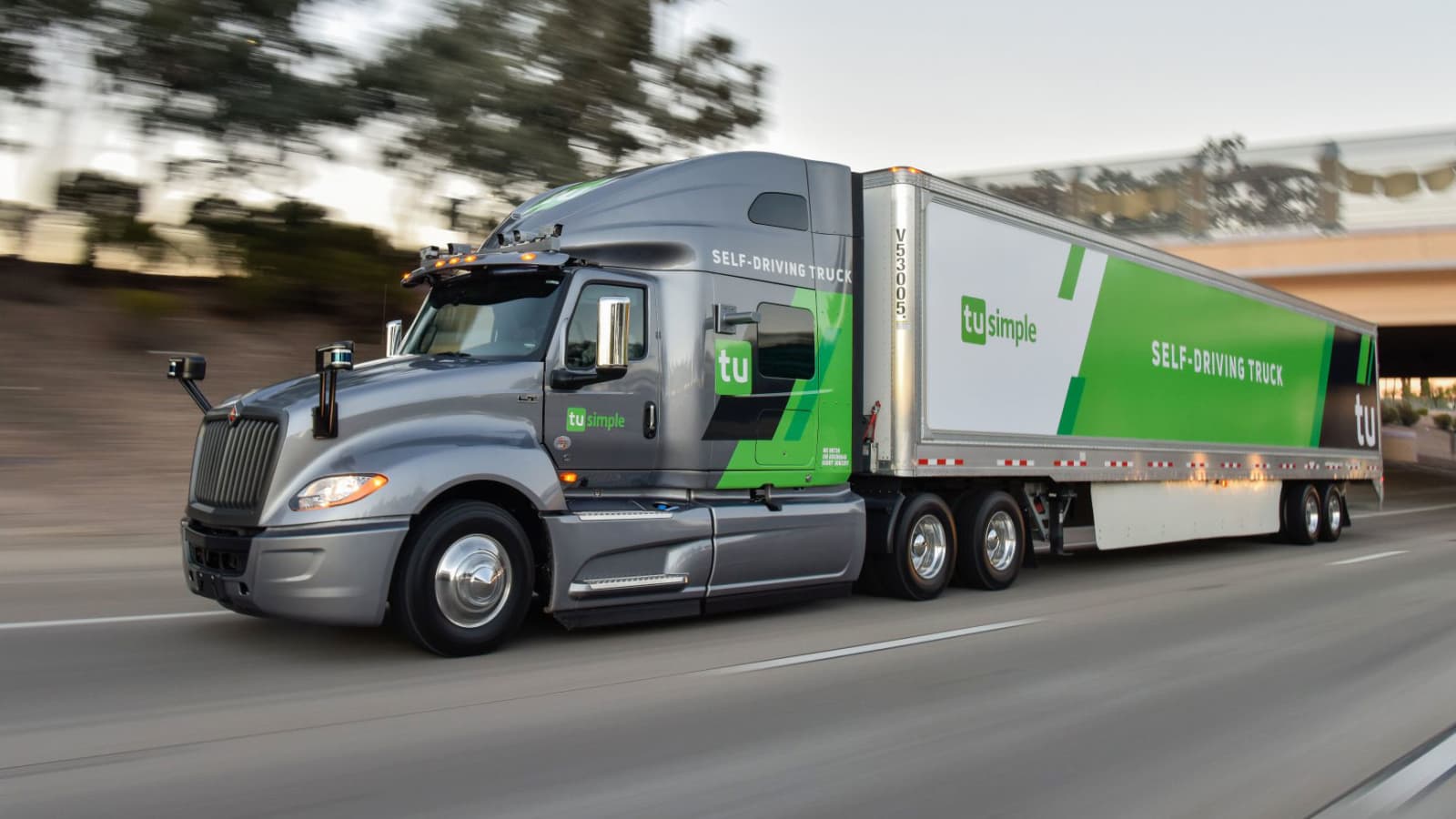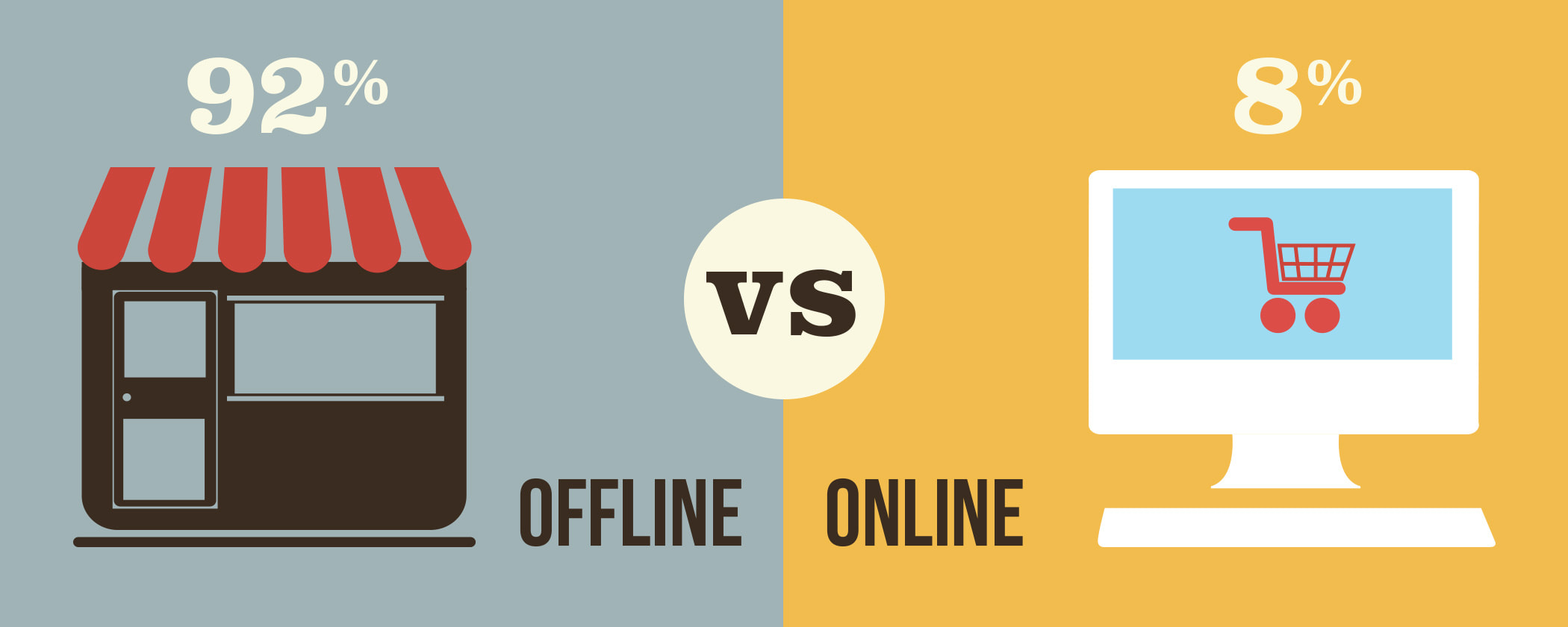
Logistics make the world go round. Almost every item you own or see needed to be transported from point A to point B. And more often than not, there are a big number of intermediary steps before a product arrives to its end user. This whole process of moving goods around is based on people navigating certain modes of transportation, such as: ships, trains, planes and trucks. The latter of these modes of transportation is the point of discussion in this post. We have all heard about self-driving cars, with the most prominent example being Tesla. Based on concepts such as machine learning and algorithms, some companies have already managed to produce autonomous cars that drive fairly reliably.
The concept of self-driving cars isn’t anything new. But a less talked about concept, is the self-driving truck. This autonomous truck could potentially revolutionise the logistics sector. According to BBC, at this moment there are several companies working on the development of these self-driving trucks. With some of those companies already reporting remarkable progress. A prime example is the tech company TuSimple. CNBC reported that the company is already doing test drives with semi-trucks that are autonomous. It still has human supervision on board for the test drives, but by the end of 2024 the company hopes to have the first fully autonomous trucks on the road.

This futuristic development will be a game changer for logistic companies in terms of money savings and efficiency of transportation. They wouldn’t need to pay a driver for the hours they put in and the self-driving truck doesn’t need to take breaks so it can do the desired routes way quicker than a human controlled truck. But the downside of these trucks is that it would mean that lots of truck drivers would be deemed unnecessary and would thus lose their jobs. NPR estimates that just in the US alone there are about 400.000 people employed as long-haul truck drivers. The technology is not even close to being able to replace all of these truck drivers but it could lead to problems in the future. To conclude, the development of autonomous trucks is an exciting one but it should be noted that a large number of jobs would be at stake if the technology will be widely applied.
- https://venturebeat.com/2019/10/18/volvo-will-report-autonomous-truck-financials-from-2020/
- https://www.bbc.com/news/business-56332388
- https://www.cnbc.com/2021/05/19/tusimple-self-driving-trucks-saved-10-hours-on-24-hour-run.html
- https://www.npr.org/sections/money/2021/05/25/999784202/is-there-really-a-truck-driver-shortage?t=1631872899963


